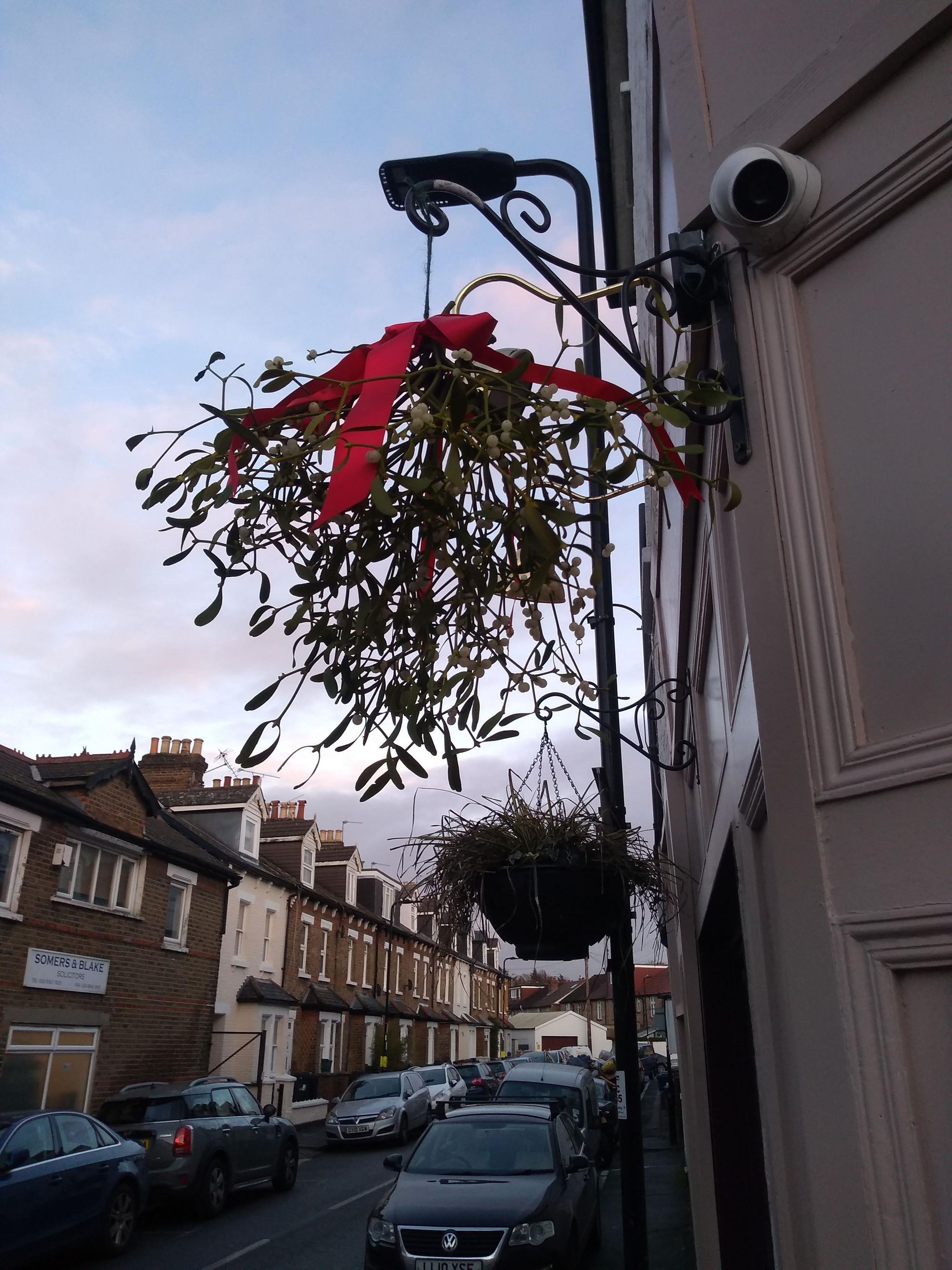By Juliette Dudley, Third Year, Hispanic Studies
The Croft Magazine // Mistletoe? Check. Lip balm? Check. Mints? Check. History of mistletoe? … Read on!
Every year, my mother hangs a sprig of mistletoe from one of the beams in the entrance hall of my house when we decorate, and although most of us don’t know why we do it, we still treat this as a fundamental part of Christmas celebrations.
Understanding the influence of the plant over the years is truly fascinating, emanating a different significance to different cultures throughout history. So why do we pucker up to the magical mistletoe?

The mistletoe plant has been considered as a sign of fertility and life for centuries since the Celtic Druids, as it stayed green and alive during the winter months, unlike other plants. Interestingly, women used to wrap the plant around their wrists and waists to increase fertility due to the mystery of its spontaneous fertility in nature.
Although the exact origin of kissing under the mistletoe is uncertain, some historians believe it emerged from Norse mythology. The God Baldur is said to have been killed by an enemy’s arrow made from mistletoe and his mother’s tears, the Goddess Frigg, turned to white berries that brought him back to life. Frigg, delighted that her son was alive once more, blessed the mistletoe plant and promised to kiss everyone who walked under it.
Christmas in Cabot Circus
A planet-conscious Christmas: vegan and veggie alternatives to turkey
The antiquity of this tale explains the different variations in the ending of the legend of Baldur. It is possible that over time, the story’s ending was edited to create a happier ending, prompting the traditions we follow nowadays.
The traditions surrounding mistletoe have certainly changed over the years, Scandinavian traditions recount stories of enemies meeting under the tree laying down their weapons and temporarily bringing their fighting to a stop. In other parts of the world, visitors would kiss the hand of the host under the tree as a sign of respect. Nowadays, mistletoe is hung almost everywhere with much more personal and intimate traditions. Just make sure you’ve had a mint beforehand!
Featured image: Epigram / Kaye Molloy









